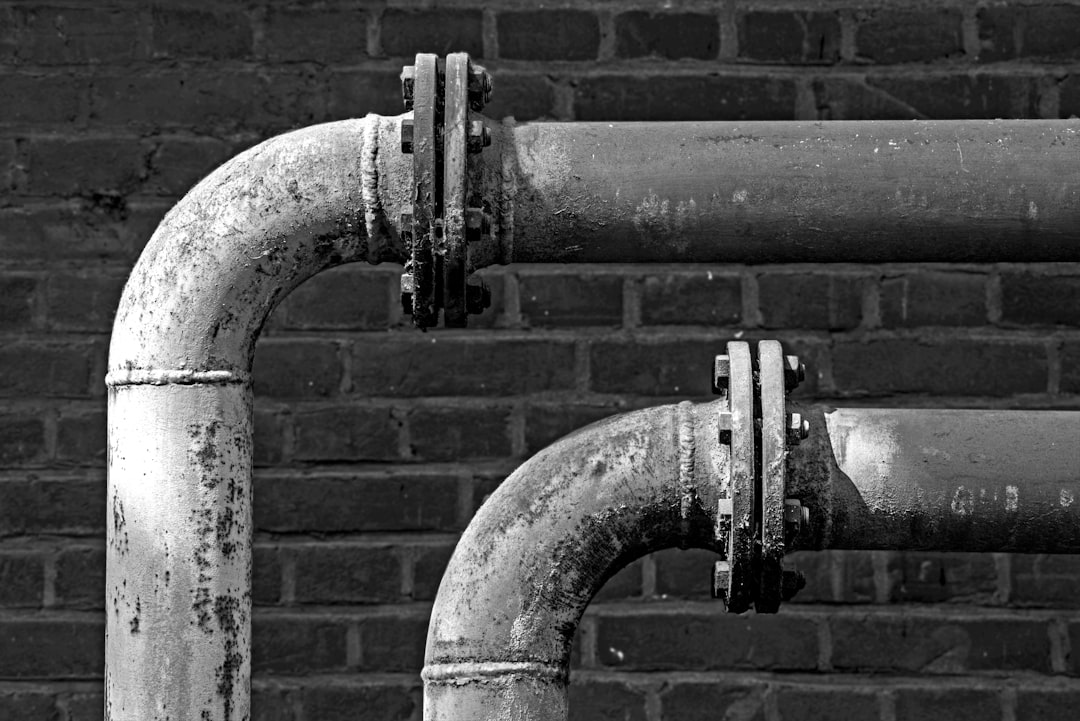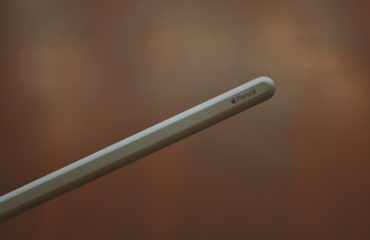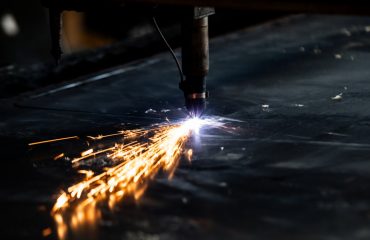Energy projects, from sprawling power plants to intricate oil and gas pipelines, rely heavily on the efficient and safe transport of fluids. The heart of this system? The piping. Choosing the right pipe isn’t simply a matter of picking something that fits; it’s a critical decision impacting project cost, safety, longevity, and environmental impact. This comprehensive guide will navigate you through the key considerations for selecting the perfect pipe for your energy project.
1. Material Selection: The Foundation of Pipe Durability
The material of your pipe is the cornerstone of its performance. The choice depends heavily on the fluid being transported, the operating temperature and pressure, and the environmental conditions. Common materials include:
- Carbon Steel: A workhorse in the energy industry, carbon steel pipes offer strength and affordability. However, they are susceptible to corrosion, especially in harsh environments. Protective coatings or linings are often necessary.
- Stainless Steel: Superior corrosion resistance makes stainless steel ideal for handling corrosive fluids or operating in aggressive environments. Different grades (e.g., 304, 316) offer varying levels of corrosion resistance and strength.
- Duplex Stainless Steel: Combining the strength of carbon steel with the corrosion resistance of stainless steel, duplex stainless steel is a high-performance option for demanding applications.
- High-Temperature Alloys: For extremely high-temperature applications, such as those found in power generation, high-temperature alloys like Inconel and Hastelloy are essential to maintain structural integrity.
- Plastics (e.g., PVC, HDPE): Lightweight and corrosion-resistant, plastic pipes are suitable for lower-pressure applications and specific fluids. However, their temperature and pressure limitations must be carefully considered.
Careful consideration of material compatibility with the transported fluid is paramount. Chemical reactions can lead to pipe degradation, leaks, and potentially catastrophic failures.
2. Pressure Ratings and Safety: Ensuring Operational Integrity
Operating pressure is a critical factor in pipe selection. Pipes are designed and rated to withstand specific pressures, and choosing a pipe with an inadequate pressure rating can lead to dangerous ruptures. Pressure ratings are usually expressed in pounds per square inch (psi) or megapascals (MPa). The selected pipe must have a pressure rating significantly higher than the maximum expected operating pressure, incorporating a substantial safety factor.
Safety standards and regulations play a vital role in determining appropriate pressure ratings. Compliance with relevant codes and standards (e.g., ASME B31.1, ASME B31.3, API 5L) is mandatory to ensure the safety of personnel and the environment.
Regular inspections and maintenance are also crucial to ensure continued operational safety and prevent failures due to pressure fluctuations or corrosion.
3. Diameter and Flow Rate Calculations: Optimizing Efficiency
The diameter of the pipe directly impacts the flow rate of the fluid. An undersized pipe will lead to increased pressure drop and reduced efficiency, while an oversized pipe might be unnecessarily expensive and bulky. Accurate hydraulic calculations are essential to determine the optimal pipe diameter based on the required flow rate, fluid properties (viscosity, density), and acceptable pressure drop.
Software tools and engineering handbooks provide resources for performing these calculations. Factors like pipe roughness and fittings also influence pressure drop and should be included in the calculations.
Careful planning and design can minimize pressure drops, thereby maximizing energy efficiency and reducing operational costs.
4. Environmental Considerations: Minimizing Impact
The environmental impact of pipe selection should not be overlooked. The manufacturing process of different pipe materials consumes varying amounts of energy and resources. Furthermore, some materials may release harmful substances into the environment during their lifecycle. Choosing environmentally friendly materials, such as recycled materials or those with lower carbon footprints, should be prioritized whenever feasible.
Leak detection and prevention measures are crucial to minimize the environmental impact of potential spills or leaks. Proper installation and regular maintenance can significantly reduce the risk of environmental damage.
Consideration should be given to the potential for soil erosion and habitat disruption during the pipe installation process. Minimizing the environmental footprint requires careful planning and execution.
5. Cost Analysis: Balancing Performance and Budget
The initial cost of the pipe is only one aspect of the overall cost. Factors like installation costs, maintenance requirements, lifespan, and potential repair or replacement costs should all be considered. While a cheaper pipe might seem attractive initially, it could lead to higher long-term costs if it requires frequent maintenance or premature replacement.
A thorough life-cycle cost analysis helps to identify the most cost-effective option. This analysis considers all costs associated with the pipe over its entire lifespan, allowing for a more informed decision.
Balancing performance requirements, safety standards, environmental considerations, and budget constraints is crucial in achieving optimal cost-effectiveness.
Choosing the right pipe for energy projects is a multifaceted process requiring careful consideration of various factors. By carefully evaluating material properties, pressure ratings, flow rate requirements, environmental implications, and cost-effectiveness, project engineers can ensure the selection of a pipe that meets the project’s specific needs and contributes to a safe, efficient, and sustainable energy future.
Tags: Energy Piping, Pipe Selection, Pipeline Engineering, Pressure Piping, Material Selection Energy




